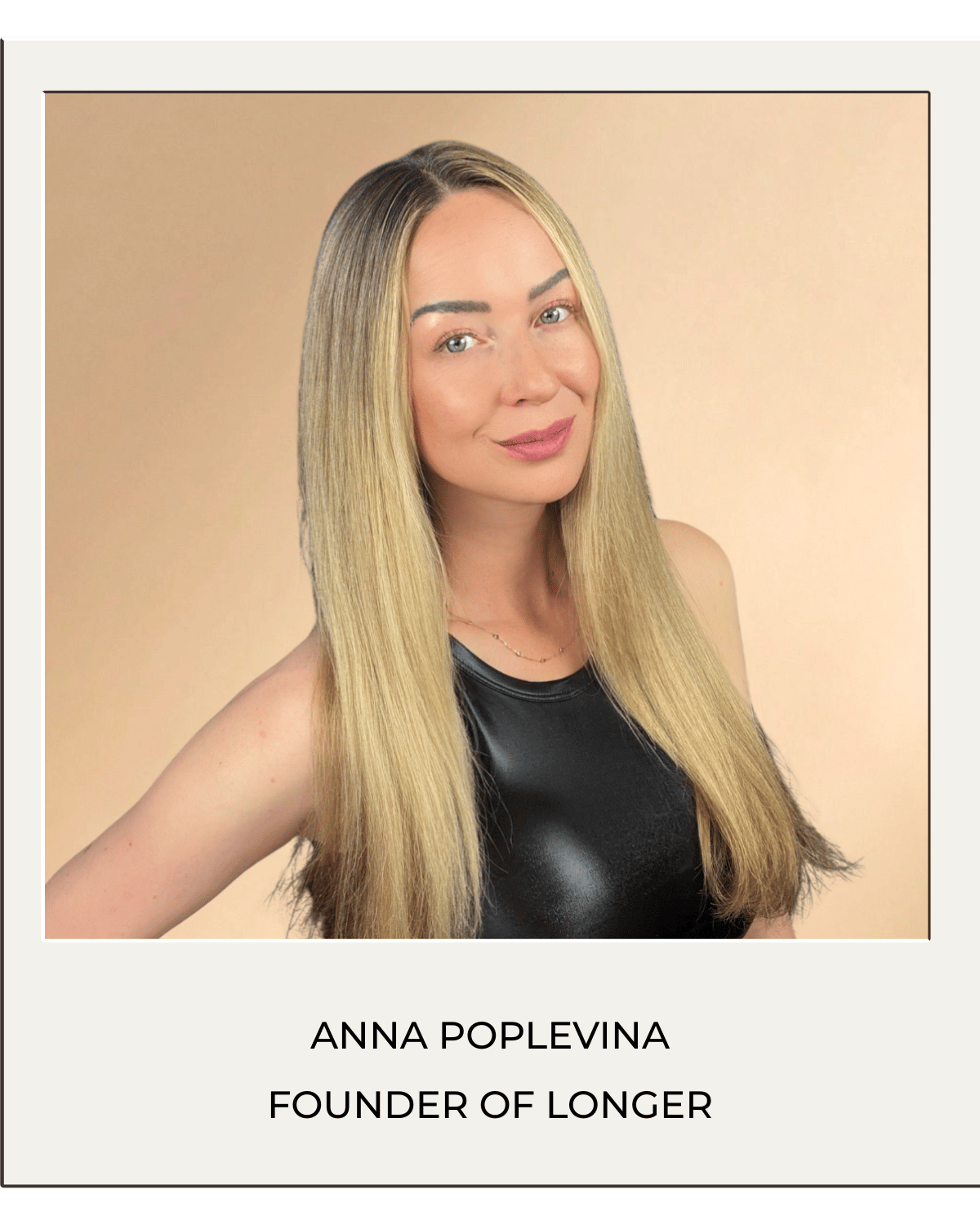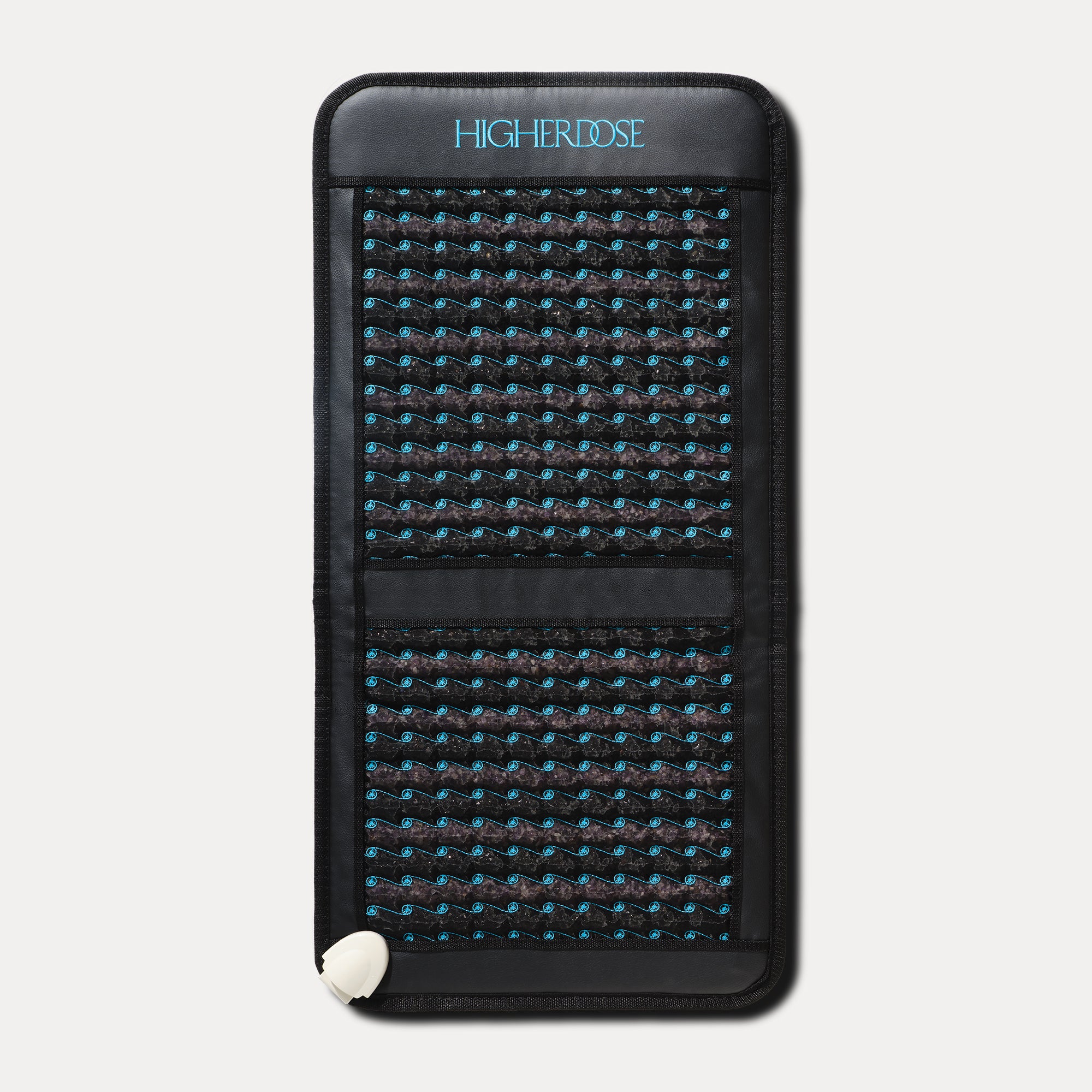
Morning, long-lifers. Here’s what’s new:
Hot tubs may beat saunas for heart and immune health - turns out, your jacuzzi might be doing more than just helping you avoid small talk at the gym.
Turns out all that soaking counts as cardio now - take that, elliptical.
Don’t keep longer. a secret - share it with your friends!
This week in longevity:
🦷 Toothpaste made from hair may regrow enamel
🎶 Music linked to 39% lower dementia risk
🏋️♂️ Weightlifting beats cardio for blood sugar in mice
👩⚕️ Longevity medicine added to med school curriculums
🧬 Urolithin A boosts aging immune cells
Plus, more longevity breakthroughs.
Read time: 5 minutes
THIS WEEK IN LONGEVITY
🛁 Hot tubs may beat saunas for heart and immune health
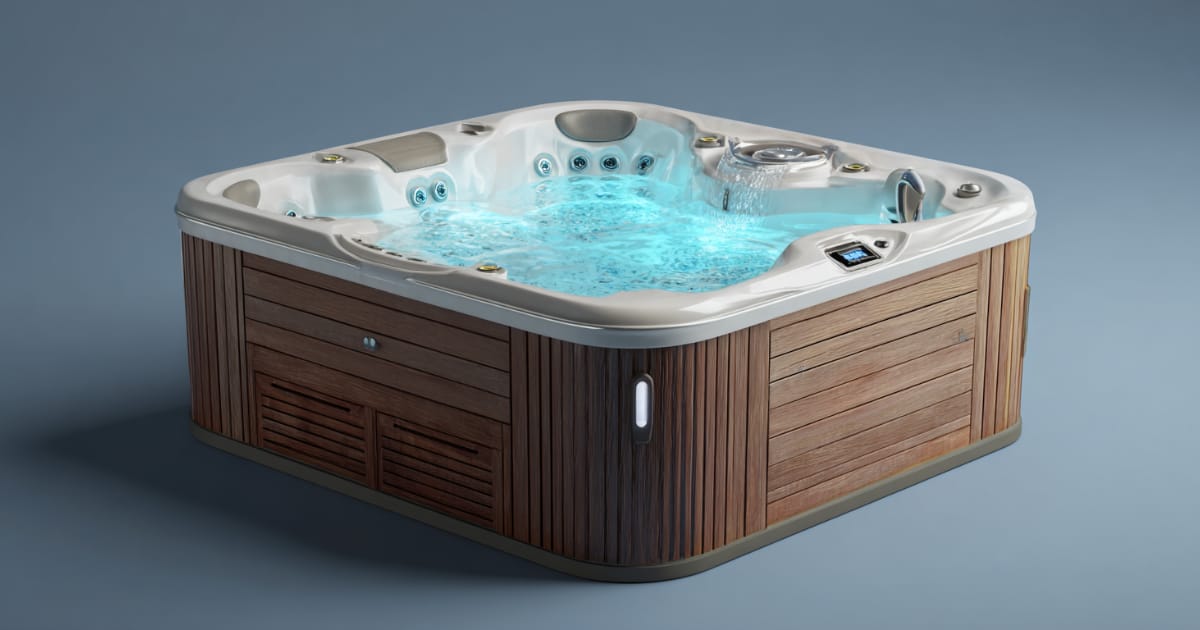
Source: Midjourney | longer.
Hot tubs aren’t just a cozy indulgence. A new study from the University of Oregon found that soaking in hot water raises core body temperature more than saunas, triggering benefits like lower blood pressure and stronger immune responses. Basically, it’s passive cardio with jets.
What to know:
Hot water raises core temperature more effectively: Immersion in a hot tub trapped more heat in the body compared to traditional or far-infrared saunas, which allows for deeper physiological responses.
Improves blood flow and heart health: Hot water increased blood flow and cardiac output (how much blood your heart pumps), similar to what happens during moderate exercise.
Triggers an immune response: Only hot-water immersion boosted immune markers like cytokines (signaling molecules that help regulate immunity and inflammation).
Helps the body adapt to heat stress: Repeated hot-water sessions may improve how your body handles heat, which could have benefits for circulation, inflammation, and overall resilience.
Study tested healthy, active young adults: The study included 20 people in their 20s who exercised regularly, so results might be even more noticeable in older or sedentary adults.
Why it’s important: If exercise isn’t an option, heat therapy might offer some of the same perks. It’s also more relaxing than a treadmill. Think of it as a warm-up for your blood vessels and immune cells, minus the running shoes.
What this means in practice: If you’ve got access to a hot tub, 20 to 30 minutes a few times a week could support heart and immune health. Just check with a doctor first, especially if you have heart conditions, are pregnant, or are heat-sensitive.
MADE POSSIBLE BY PROLON
⏳ Your body needs a break — but your schedule won’t give it one.

Source: Prolon
Prolon’s 5-day nutrition program mimics fasting without the hunger — helping you reset metabolism, support longevity, and feel in control again.
Clinically proven. Backed by 25+ years of research. Validated in 37 trials across 18 world-class institutions.
🦷 Toothpaste made from hair may regrow enamel
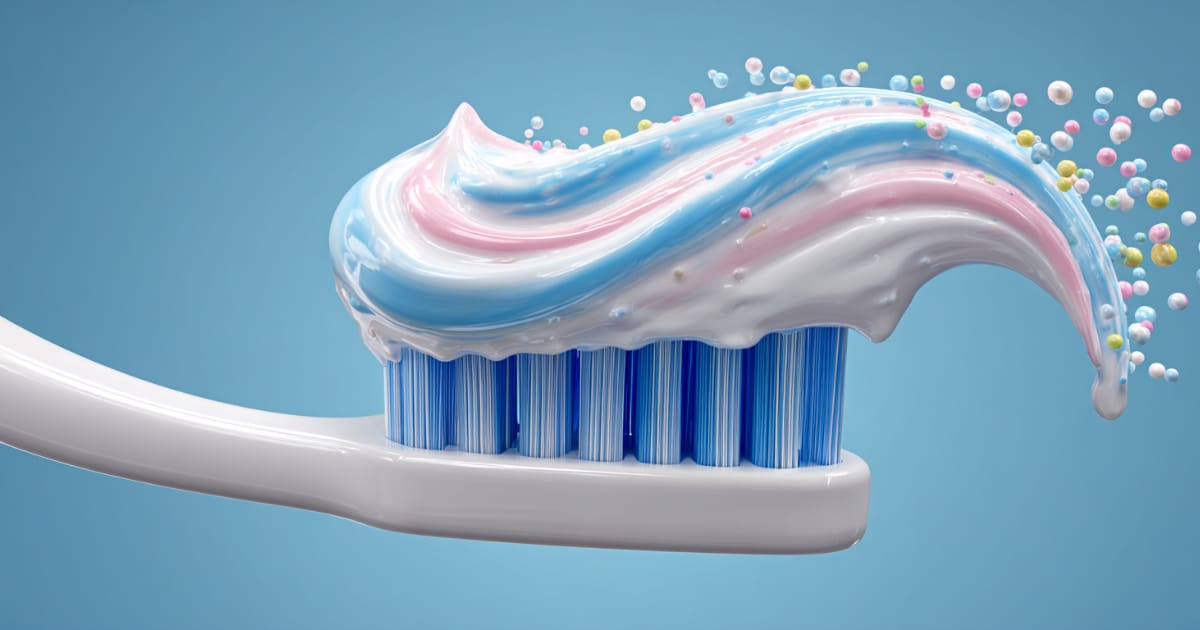
Source: Midjourney | longer.
In a surprising twist, scientists at King’s College London found that keratin, the protein in your hair, can help rebuild tooth enamel. When combined with minerals in saliva, keratin forms a protective, enamel-like layer that shields teeth from damage and sensitivity. Basically, your next dental upgrade might come from what’s usually swept off a salon floor.
What to know:
Keratin mimics tooth enamel: When applied to teeth, keratin forms a crystal-like scaffold that behaves like natural enamel, the tough outer layer that protects your teeth.
Stronger than fluoride: Unlike fluoride, which slows enamel loss, keratin-based treatments may actually rebuild it and block sensitivity at the source.
Uses waste from hair or wool: The keratin is sustainably extracted from biological waste like human hair or sheep’s wool, making it an eco-friendly dental material.
Long-term protection: Over time, the keratin layer continues to attract calcium and phosphate ions (the building blocks of enamel), helping it grow stronger.
Could be used at home or in clinics: Researchers are testing keratin as a daily toothpaste or as a more concentrated gel for dentists to apply, like a clear coat for your teeth.
Why it’s important: Tooth enamel does not grow back, so this kind of regenerative treatment is a big deal. It might help people avoid fillings or sensitivity treatments altogether. Your next toothpaste might do more than just clean. It could literally rebuild your smile from the outside in.
What this means in practice: This tech is not available yet, but it could hit shelves in two to three years. Until then, keep brushing gently and skip the sour gummies when you can.
💡 Want to break down a research article? Try this prompt in ChatGPT:
“Explain this in plain language. Avoid science terms. Keep it under 5 sentences. Then give 5 takeaways based only on this summary—no extra info or guesses: [Paste the article here]”
MONEY MOVES IN LONGEVITY
💰 Curve Biosciences raises $40M to decode cfDNA in chronic disease, turning blood chaos into organ-level clarity.
💰 Sky Labs lands funding from OMRON Ventures, its cuffless BP ring wins a global nod with a powerful new partner.
💰 Manifold Bio inks $2B Roche deal to develop brain shuttles, turning AI and in vivo data into delivery gold.
💰 WELLSTAR secures $62M ahead of spinout, fueling SaaS growth while staying in the WELL family for now.
IN THE SPOTLIGHT

Source: Midjourney | longer.
1. Music linked to 39% lower dementia risk
A Monash study of 10,800+ seniors found regularly listening to or playing music slashed dementia risk by up to 39%. Cognitive scores also improved. Turns out, your brain might just love a good beat as much as your ears do.
2. Urolithin A rejuvenates aging immune cellsAnn Schroeder, who worked for A month of daily urolithin A boosted naïve CD8+ T cells and improved their energy use in middle aged adults. It also expanded key immune populations. Think of it as a cellular tune up that clears out old mitochondria so immune cells fight better and age more slowly.
3. Women get heart benefits with half the exercise
Tracking 85,000 people showed women reached the same heart protection as men with about half the weekly workout time. Death risk drops were also bigger. Turns out moving often matters more than clocking hours, especially for women who may be more efficient exercisers.
THE NEXT BIG THING
Doctors will soon graduate in longevity

Source: Midjourney | longer.
Medical schools in six countries just made Healthy Longevity Medicine a required subject.
Through the Longevity Education Hub, students now study aging biology, prevention, and healthspan-first care from day one. The goal: build a new kind of doctor—trained to slow aging, not just treat disease.
Early wave or lasting reform?
WHAT ELSE YOU SHOULD KNOW THIS WEEK
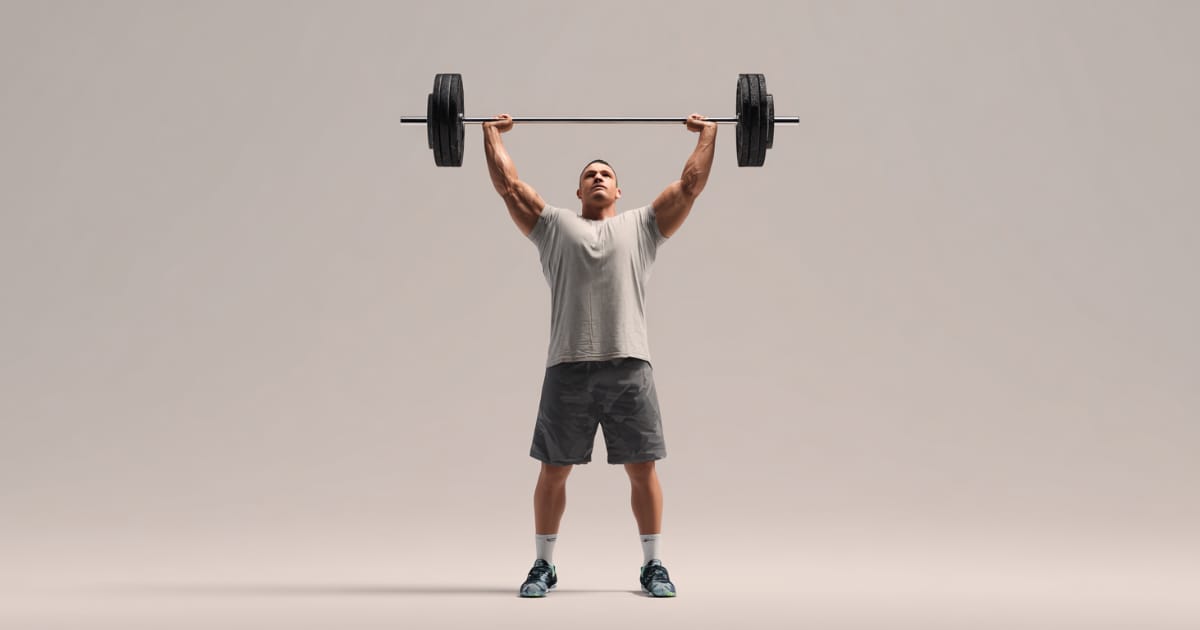
Source: Midjourney | longer.
🤖 Hidden Hope: AI found 7 invisible sperm in a man’s “empty” sample after 19 years of infertility. Two were used to create embryos—now, she’s 8 weeks pregnant.
🧠 Sand-Sized Sensor: Scientists built a brain implant smaller than a grain of sand that recorded mouse brain activity for a full year without causing damage. Powered entirely by light, it tracked neuron signals using just 1 microwatt.
💊 PFAS Flush: Common cholesterol drugs like cholestyramine sped up PFAS (toxic “forever chemicals”) removal by up to 40% in individuals. Researchers confirmed the effect but say health benefits remain unclear.
🧫 Fertility Boost: In a human IVF trial, women taking rapamycin saw more high-quality embryos and a 50% pregnancy rate, nearly double the control group. The drug reversed age-related damage in egg-supporting cells.
🏋️♂️ Lifting Edge: In obese mice, weightlifting beat cardio at lowering blood sugar, even without building muscle or improving heart fitness. It slashed dangerous belly fat and boosted insulin sensitivity more than running.
WHAT WE’RE BOOKMARKING
📱 Social
🎧 Podcasts
📰 Articles
⚙️ Tools to Try
Thanks for reading.
What did you think of this week’s newsletter?
See you in the next issue.
